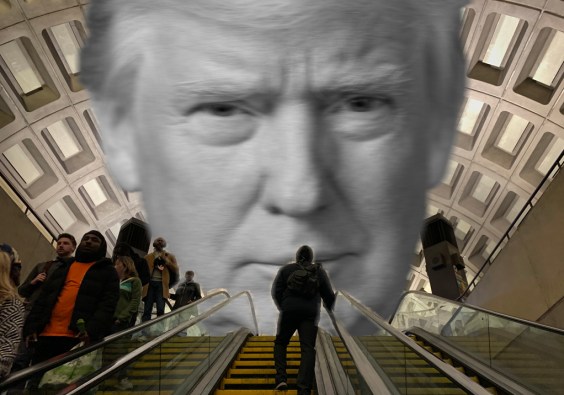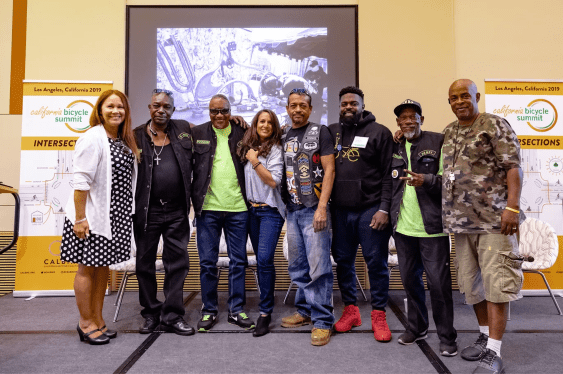 BRT bus in Las Vegas looks a lot like light rail
BRT bus in Las Vegas looks a lot like light railThe debate among policy makers and community stakeholders over the merits of Bus Rapid Transit (BRT) versus Light Rail Transit (LRT) is often heated, and usually centers around whether LRT recoups the substantial capital costs of implementation over time versus BRT, and whether BRT has a more substantial carbon impact. Sometimes it can also boil down to a debate over whether buses are sexy enough to get people out of cars and onto transit.
The World Resources Institute (WRI) recently presented a report comparing BRT
and LRT in the “medium investment” range for the Maryland Transit Administration (MTA) on the Purple Line, which would connect suburbs around Washington DC with the city center. WRI’s analysis
confirms that BRT is the option that would work locally to fight
global warming, with a medium-investment system cutting carbon dioxide
emissions by almost 9,000 metric tons per year, equivalent to taking
about 1,600 cars off the road (PDF).
In an interview with Worldchanging, the report's authors, Dario Hidalgo and Greg Fuhs, address the CO2 numbers: "While this could change in the future with a major and permanent shift
to low-carbon energy sources, for the foreseeable future we would
likely continue to see higher CO2 emissions from light rail in this
case," said Fuhs.
The report finds that BRT would
be more cost-effective and lower-risk, particularly with the current economic situation. With tight state and federal transit budgets, and the recent hullabaloo over the stimulus package, it will be difficult to get substantially more funding for transit.
In San Francisco, Central Subway aside, policy makers appear unwilling to build more fixed-rail systems in the near term, preferring instead to go with BRT. The SFCTA and MTA are moving forward with the Van Ness and Geary BRT lines, which still need to clear environmental analysis, but could be online by the MTA's Centennial in 2012.

Because California generates a significant percentage of electricity from renewables and nuclear, the carbon impact would be less severe. Transit advocates, however, are skeptical of the city's ability to build and operate LRT to be competitive with BRT. While the retro trolleys might look good in photos along the
Embarcadero, they are not efficient rail transport compared to Muni LRT
or other systems, and the cable cars are pure tourist sport.
"Other cities are building light rail very cheaply and operating it well," said Livable City's Tom Radulovich. "The big problem with San Francisco is that we build incredibly expensive light rail, like the Townsend 3rd, and we run rail like a bus. We're not being smart about our investments."
All right Choo Choo Heads and BRT-ophiles, we know you're reading, tell us what the future of San Francisco's surface transit should look like.
Flickr photo: NeiTech





